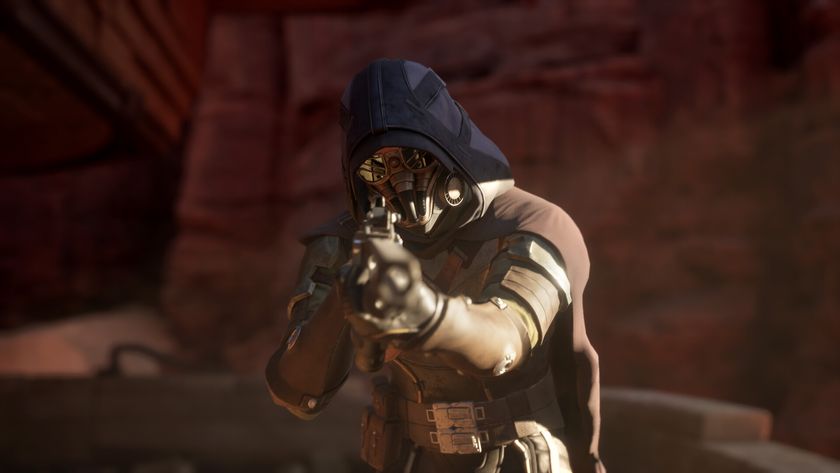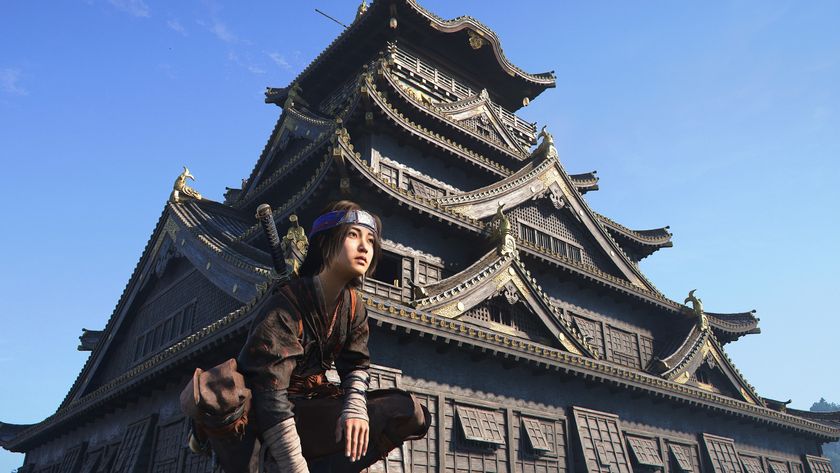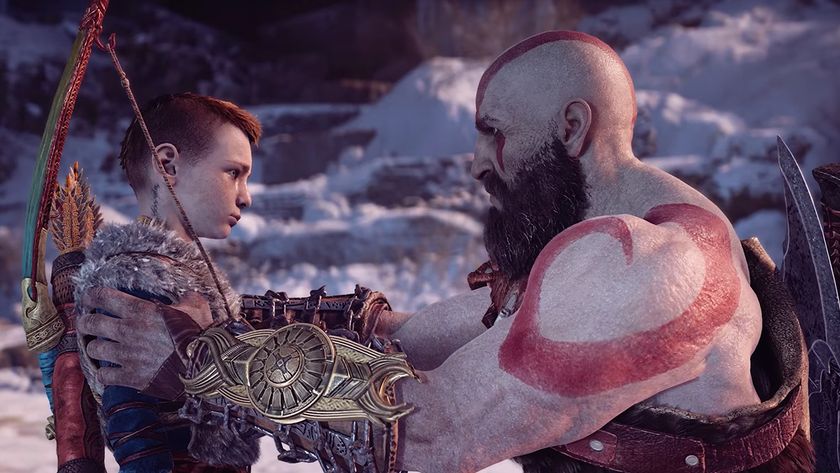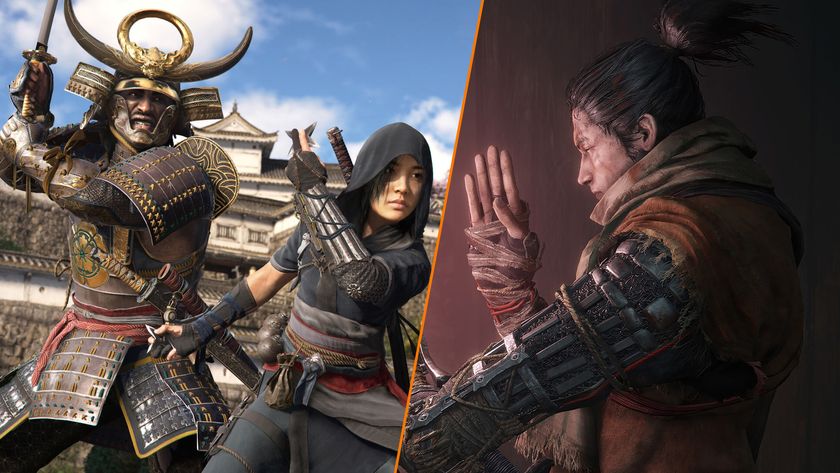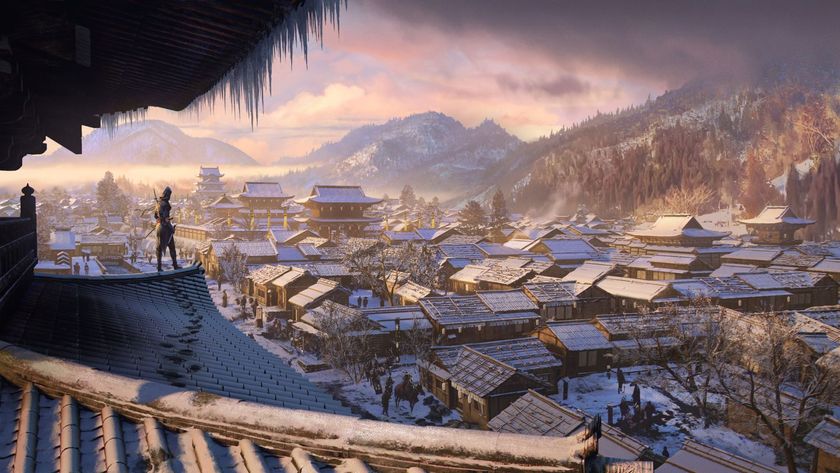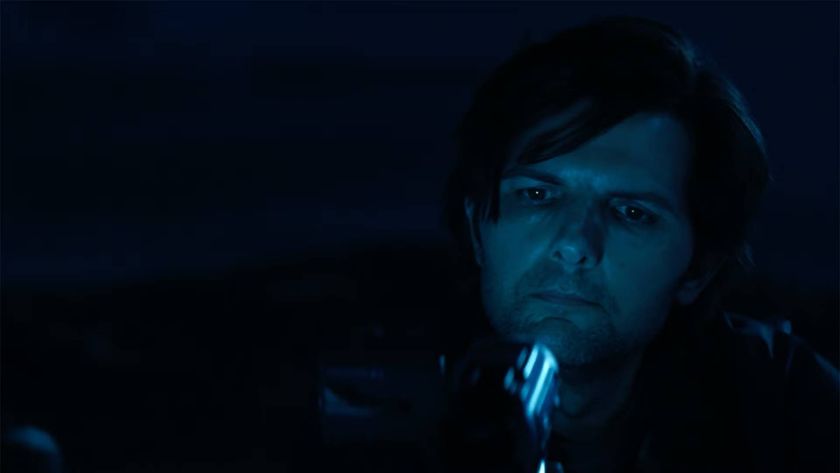
This year might see Uncharted 4 turning six years old, but it already feels like several lifetimes since Drake made his final bow. At the time, Uncharted 4: A Thief's End felt like the future of blockbuster storytelling, with Naughty Dog's masterful handling of pace now coming with grander levels to explore and more fluid ways to approach combat. It was the final form of that era's AAA approach: A propulsive 12 hour adventure that didn't overstay its welcome.
Now, Uncharted's approach almost looks like a path untaken, as these types of action-driven tent pole games introduce more RPG systems (God of War), go fully open-world (Horizon Zero Dawn), or just crank everything up (Naughty Dog's own The Last of Us Part 2). In six short years, Uncharted went from Sony's golden franchise to the sort of relic Drake might go hunting for.
Enter the Legacy of Thieves Collection. This remastered bundle gives us a chance to see how Drake's final entry and the Chole Frazer-starring spin-off The Lost Legacy stack up on PS5 with a few tweaks to give them a new-gen sparkle. And, despite the occasional moment where time's steely gaze is most evident, they're two fantastic adventures that captivate as if you were playing them again for the first time.
A-very impressive upgrade
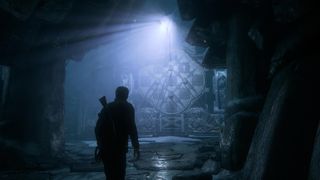
As you'd expect from a Naughty Dog game, a large part of this is because both games look like they haven't aged a day. From the way dusty light breaks through the trees of Libertalia or the verdant wilds of The Western Ghats, there's an attention to detail that makes the areas you explore across both games hum with life. That feeling also comes from the set-pieces which, while carefully doled out throughout both, still manage to snatch the breath from your lungs with ease.
Uncharted 4's Madagascar section is practically a masterclass in pacing, from the gentle exploring that greets you around the outskirts of King's Bay, which you can take at your own pace, before the simmering tension of hunting for clues in the city's rickety clock tower, before the cacophony of all-hell-breaking loose when that tumbles and an entire army is chasing you through the city. The Lost Legacy, meanwhile, offers up a fan-pleasing train chase for it's finale that pays loving homage to one of the best moments across the series.
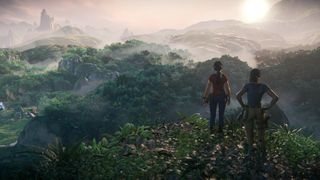
You've now also got a choice of playing the game in 4K and 30fps or 60fps with a slightly lower resolution. I ended up going for the Performance mode of 60fps, as this made Uncharted's action smoother, giving the game's freeform firefights a bit more fluidity without really sacrificing too much when it comes to picture quality. And, if you own a 120hz TV, you can play both games at 120fps and 1080p, but sadly, my dreams of ultra-fluid Drake are on hold until I get a better telly.
The other major PS5 enhancement, the DualSense, adds in haptic feedback and adaptive trigger support that supplement the thrills throughout the game. While guns have a pleasing kick to them when pulling the trigger, it's the haptic feedback that works the best here. Whenever you're clambering up cliff faces or sliding down muddy hills, the pad offers a convincing, immersive touch as it shakes and buzzes without ever becoming too noticeable. Essentially, these PS5 bells and whistles are handy additions that enhance the game's already impressive qualities.
Sign up to the 12DOVE Newsletter
Weekly digests, tales from the communities you love, and more
A Thief's Ending
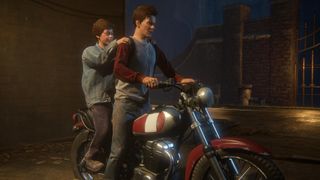
However, for all the game's technical accomplishments, the storytelling – especially in A Thief's End – has only gotten better with age. At the time in the GamesRadar Uncharted 4 review, we were quite critical of Sam Drake and his introduction to the universe. And on a first playthrough, it's easy to see why: Sam is a character who appears out of the blue and is the catalyst for Nate to make a variety of bad decisions.
However, returning now, Sam doesn't feel like an incongruous piece to the ensemble, but a compelling character in his own right, one whose life has been twisted by an obsession with the pirate Henry Avery's treasure. Contrast that to the glimpse we get into Nate's slightly mundane domestic life with Elena, where he's retired and – broadly – fulfilled, even if a spark for adventure clearly still resides. So, when Sam turns up, spinning a yarn for Nate that quickly ignites his desire for globetrotting, it presents Uncharted 4's real conflict. Not who will get to Avery's treasure first, but whether Drake will choose between love or obsession.
For a series that has a reputation for light-hearted hijinks, the game has a surprisingly sombre, serious tone. But it works because the game is committed to this theme, with the side-stories you can discover through discard journals offering glimpses of the people who committed themselves to an obsession – whether it's hunting for Avery's treasure or becoming a world renowned archaeologist – meeting a rather bleak end. It's a focused tale, one that gives Drake a fitting ending by showing him the value of the people around him, rather than the objects he goes chasing, and earns that sentimental denouement by making sure it's never too self-serious, with plenty of light touches and one-liners throughout. For a series that started with discovering Nazi zombies in the heart of the jungle, it's a remarkable evolution in storytelling ambition.
Don’t let it Fraze you
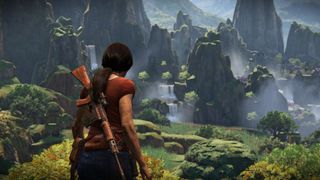
So yes, you might be able to tell that I think this collection holds up, there's the occasional blemish. While the game's more open combat was an evolution of the cover-shooting focus of the original trilogy, it's clear that this was a step forward for Naughty Dog rather than a stride. The ability to only tag enemies by popping up out of grass, for instance, feels a little clumsy by today's standards and encounters push you towards stealth in a way that doesn't feel as organic as the areas you fight in, thanks to enemies who tend to suck up bullets and a tendency for Naughty Dog to hurl waves of goons at you. The result is that time feels like it's at its least kindest here, although swinging from a grapple hook into a punch is still one of that era's simplest pleasures.
And then there's The Lost Legacy, an adventure smaller in scope that at times feels like the studio tentatively trialling out ideas for its and Uncharted's future. The Western Ghats is a phenomenal piece of level design, an area that feels like a genuine exploration and astounds with bursts of color, but sits in the middle of an otherwise straight-forward Uncharted adventure. Seeing how The Last of Us Part 2 featured levels of this scale, it's fascinating to revisit this now and see how it almost feels like a dry-run for Seattle in Ellie's drama. Meanwhile, Chole feels like a leading lady, an easy substitute for Drake considering she's a rogue with a heart of gold, and The Lost Legacy lays a lot of groundwork for her, yet that so far remains untapped. It's not the game's fault we know that there's no follow-up in the offing, but it has the feel of watching a pilot for a TV show that has yet to be made.
Still, that doesn't detract from the quality on offer in both titles, as well as a reminder of the value of a tightly-focused and paced adventure. While these types of blockbusters get bigger in every sense, the fact that both remain as captivating as they did when they first came out showcases that scale doesn't necessarily translate to better. While Uncharted might not be the PlayStation's crown jewel like it once was, this is a reminder that a good adventure is always timeless.

Ben Tyrer is a freelance games journalist with over ten years experience of writing about games. After graduating from Bournemouth University with a degree in multimedia journalism he's worked for Official PlayStation Magazine as a staff writer and games editor, as well as 12DOVE (hey, that's this website!) as a news editor. He's also contributed to Official Xbox Magazine, Edge, PC Gamer, GamesMaster, PC Games N, and more. His game of the year - no matter the year - is Rocket League.
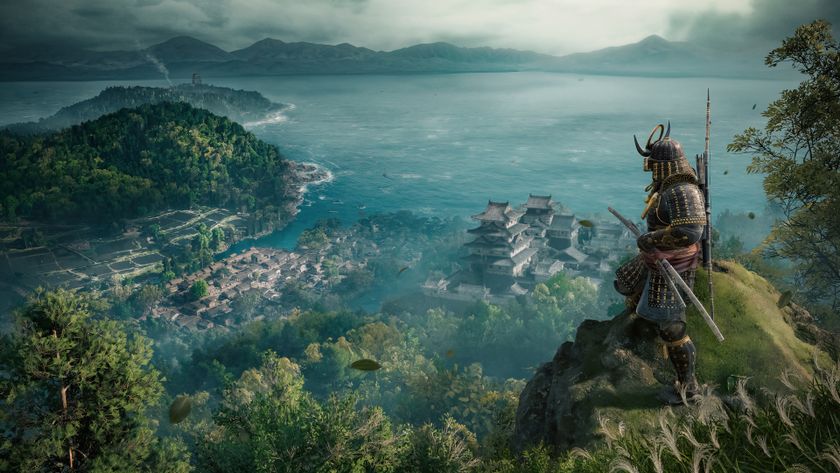
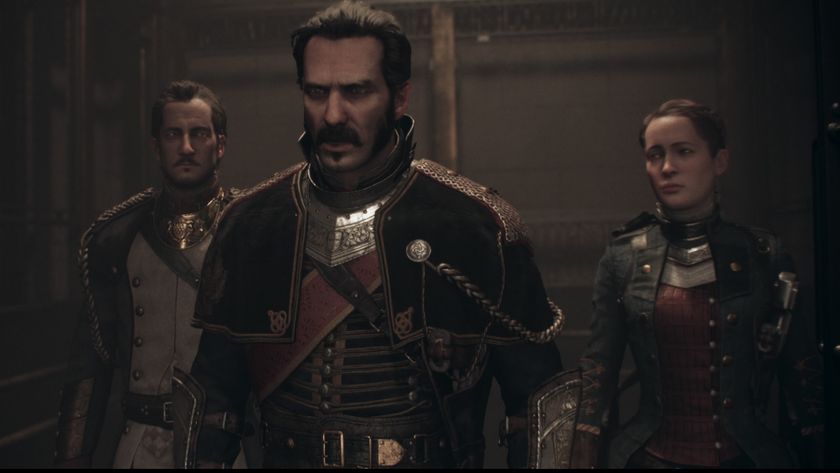
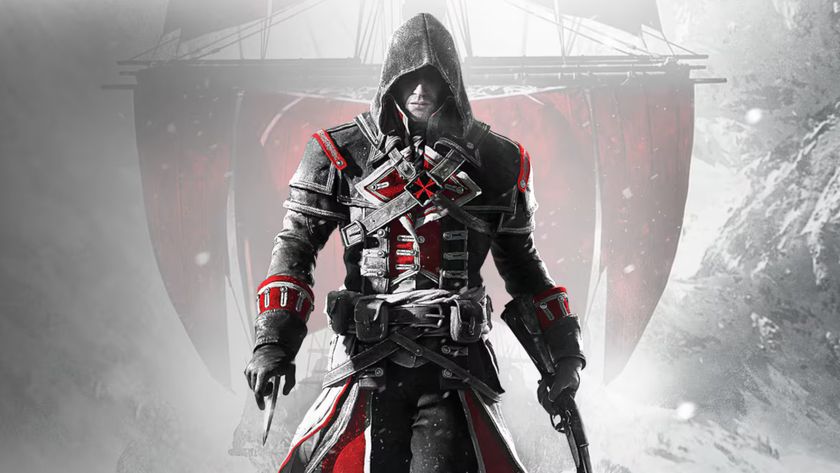
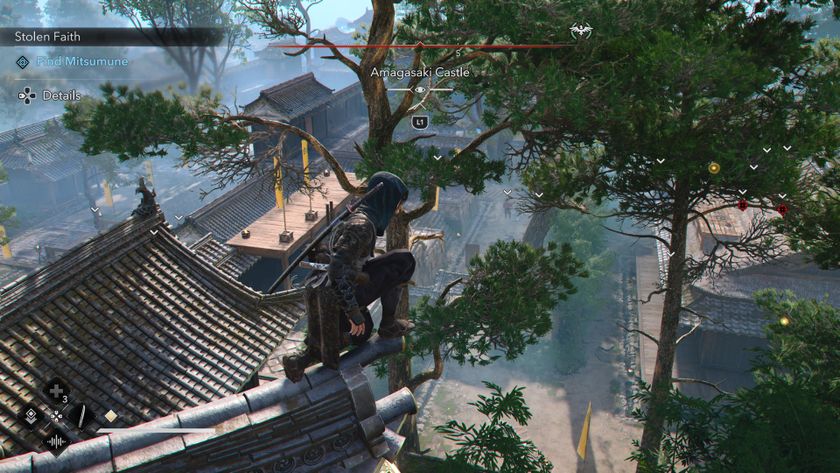
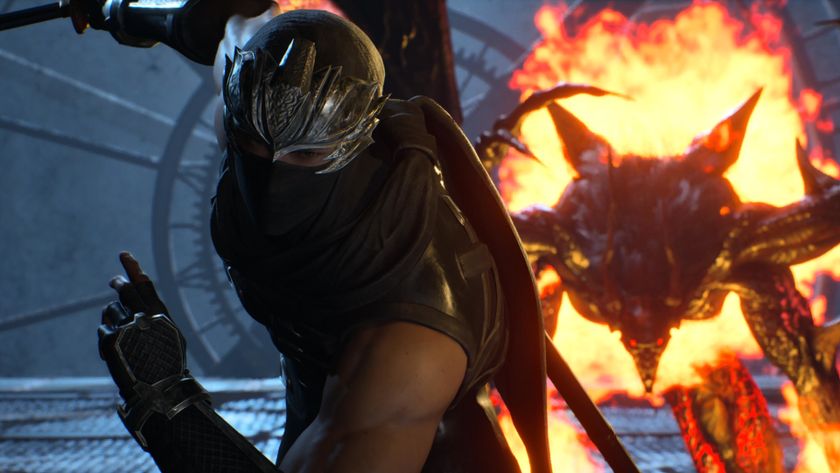
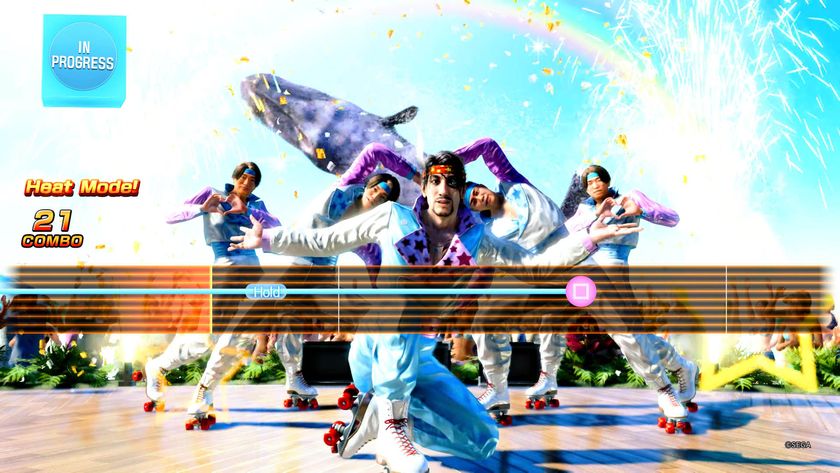
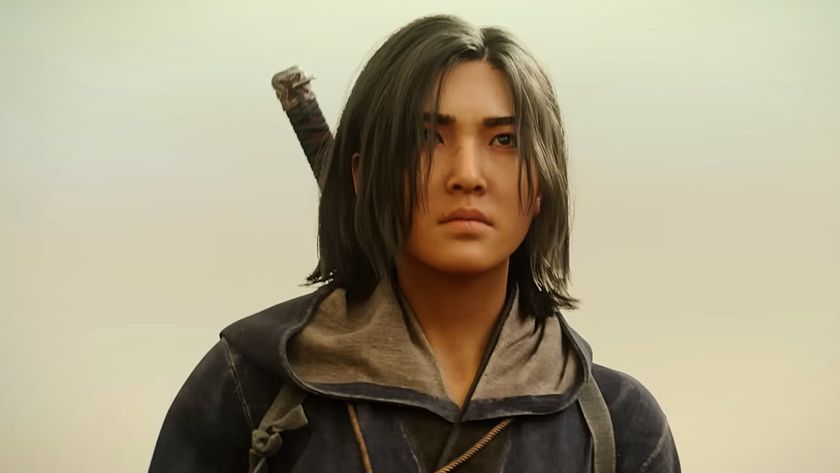

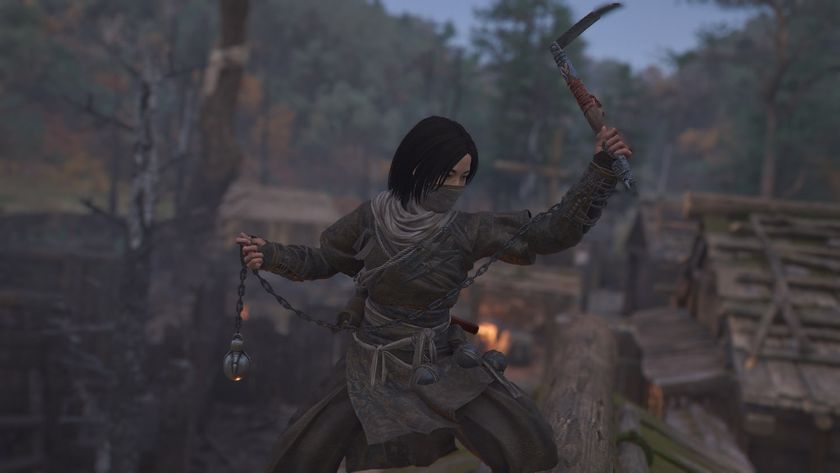
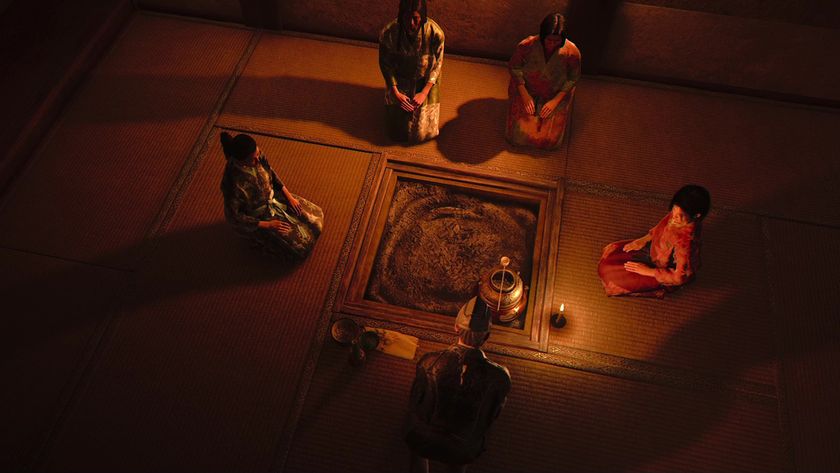
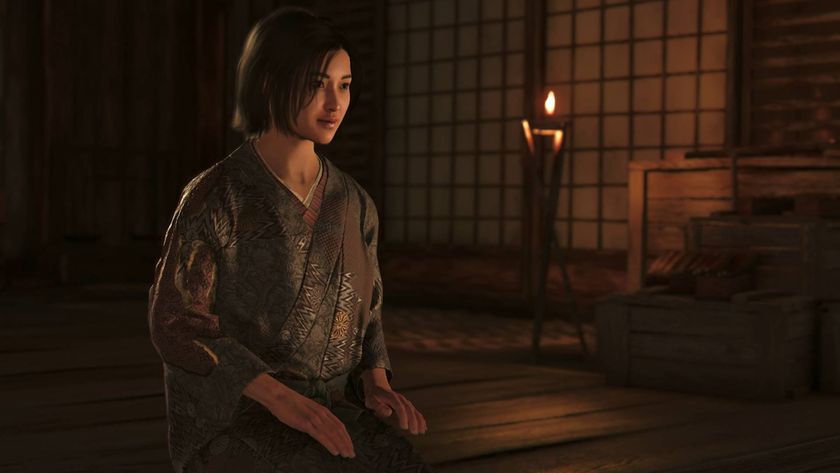
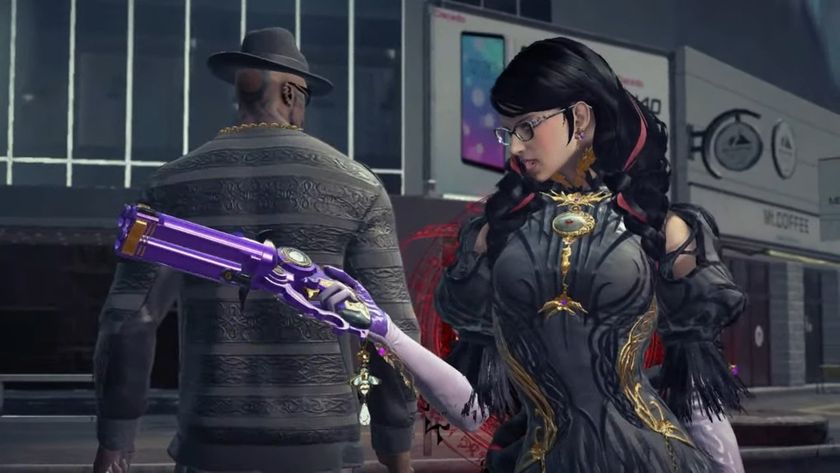


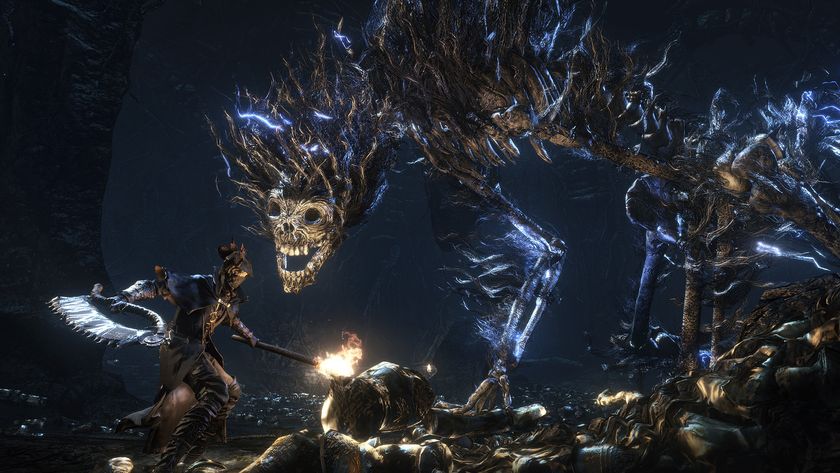
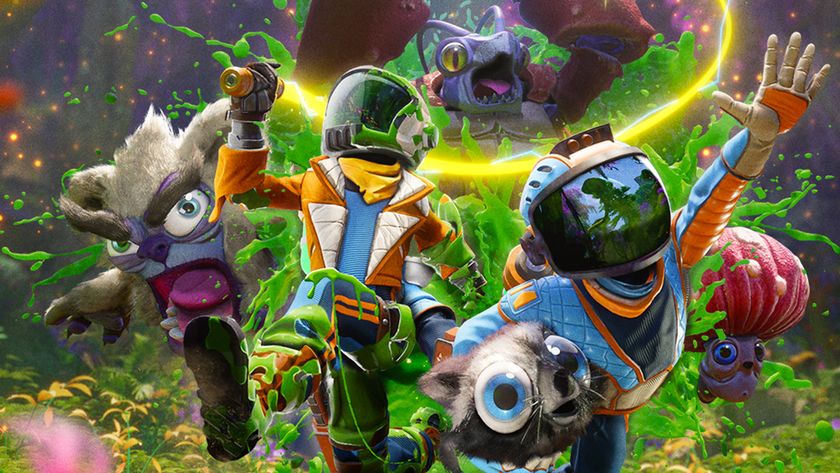
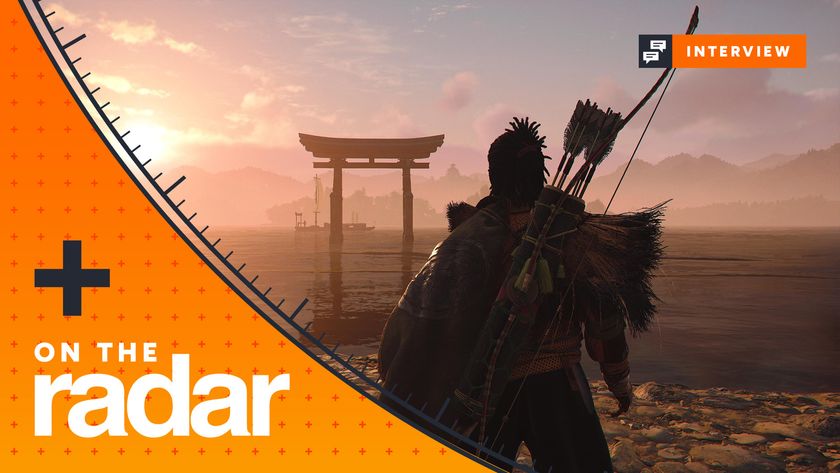
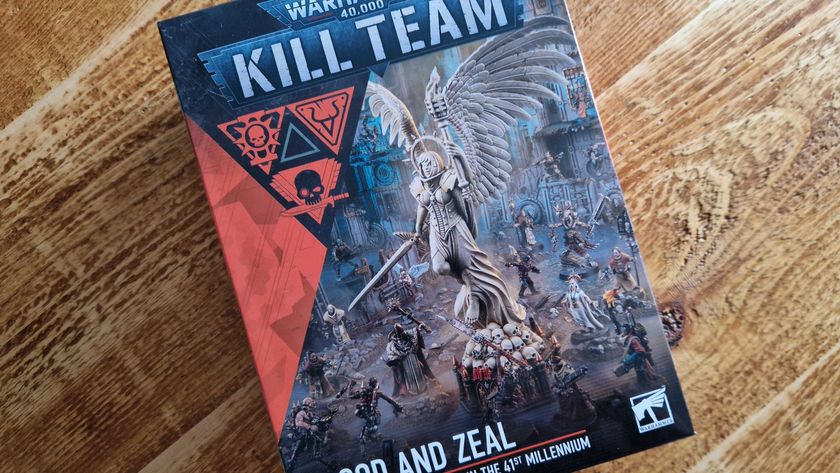

Assassin's Creed Shadows Naoe actor was terrified to perform until her first mocap scene earned "a standing ovation" on set: "Maybe I can do this mocap thing"

Assassin’s Creed Shadows Yasuke actor says that Naoe could beat his samurai in a fight: “Especially with that big a** helmet of mine”
